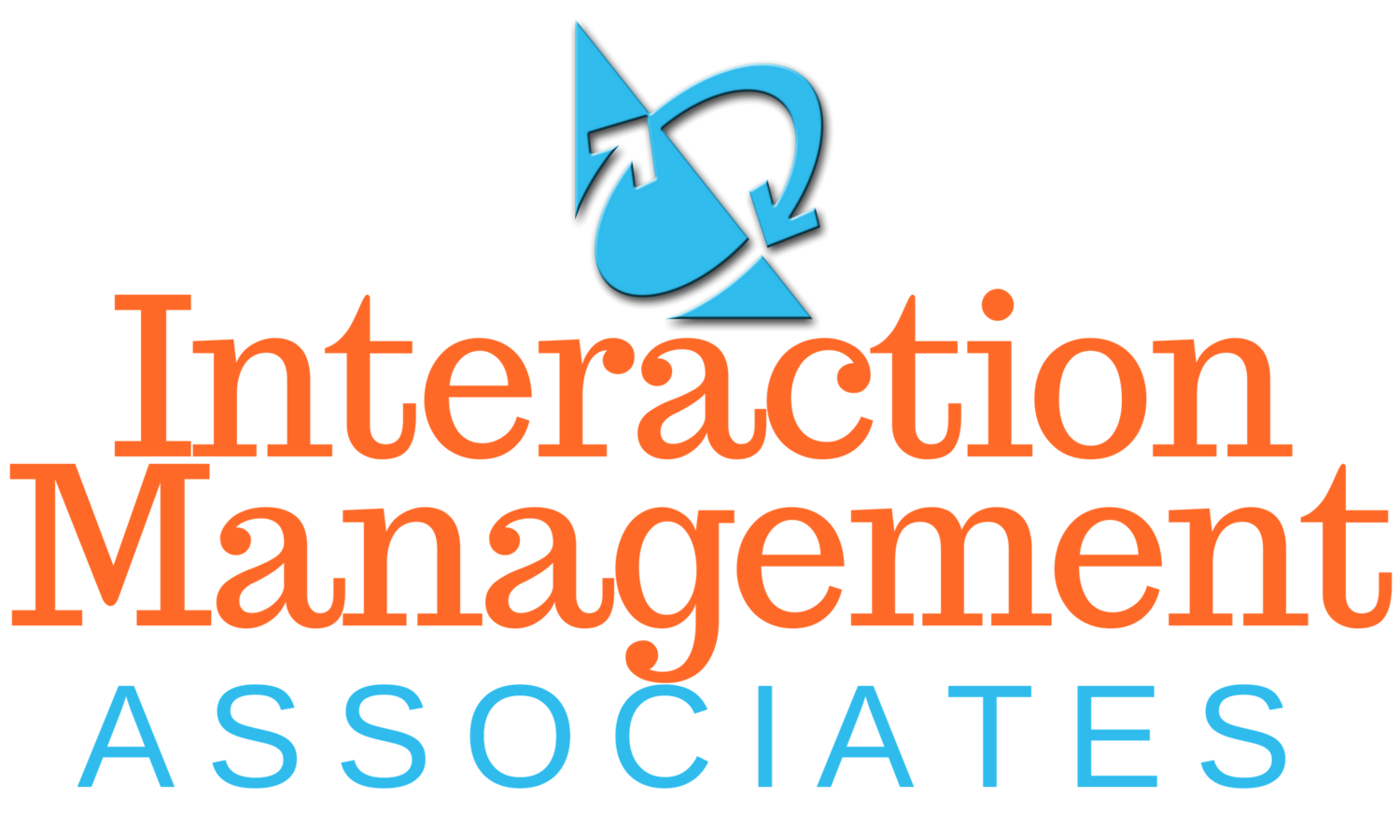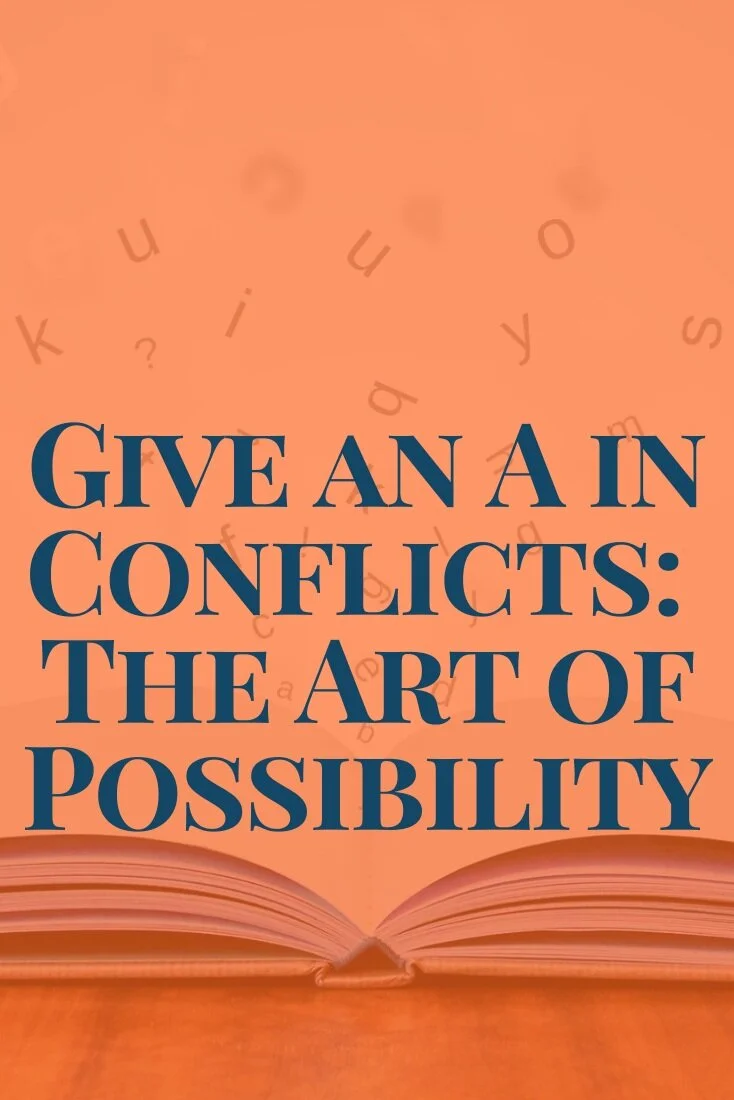Most of us rely on auto-correction software, but how often do people check messages for conflict-inducing digs? You know what I mean.
Messages that hit below the belt. They’re loaded with passive-aggressive undercurrents of sarcasm. They’re discounting, insulting or disrespectful. They blame or deflect responsibility. They triangulate, lack compassion, strike a nerve, etc. Even when the sender denies the intention of harm, knee-jerk messaging, particularly when sent electronically, can escalate quickly into drama and conflict, often with harmful consequences.
In the midst of disagreement, it’s normal to have the impulse to respond defensively. Consider these seven strategies for stopping yourself from losing your dignity and your cool.
FILE > DRAFT
Before hastily spouting off to the other person, type your thoughts out in a draft message. Then, save it somewhere private and secure. Research demonstrates that writing our thoughts down helps us cool off.
Instead of letting the impulse of firing off a response get the best of you, save the message as a draft.
Give it a rest for several hours or days.
After you've had a chance to cool down, you will either want to edit it, or its importance will have diminished. Time provides us with fresh perspectives. Additionally, the momentary fear, defensiveness or hopelessness we felt earlier dissipates over time.
Patience usually generates empathy, along with recognition that we don’t always know the circumstances that caused the initial spark. Most often, I find that people are unaware of the impact they had on you. Sometimes, we may not have the capacity, desire or information to educate them effectively. Moreover, the other person may not offer the remorse we seek.
Depending on the nature of the communication, you may need to respond. Do your best to make the response valuable and free of judgement.
When you revisit your draft later, you may decide not to send it. At the very least, you will be able to send a response you won’t regret.
GET AN OUTSIDE OPINION
Ask an uninvolved bystander to read your message before you send it. Usually, third parties can see how your message, however well-intended, may be received on the other end. Seek the opinion of a friend who knows you well, and recognizes a dig from you. I used to do this when composing an email message to my former husband when negotiating gray areas of our parenting agreement. I am a mediator, and I’ll be the first to admit that I am impacted by emotion. It’s normal to be irrational when threatened.
Before e-mailing my kids’ father, I would send draft messages to a close friend. She would occasionally call me out with something like, “I see right through the angry undertone of your message.”
An insult, no matter how deliciously wrapped in a compliment, is still an insult.
If you’re responding to a customer, seek advice of colleagues. There’s a wide range of opinions about whether it is advisable and how to respond to critics.
A professional who is skilled in effective conflict engagement can also coach you before responding. Conflict coaching and training in conflict management can help you build lifelong habits and recognize when emotions are clouding your judgement.
REFRAME
Try reframing, a technique mediators use to de-escalate a conflict.
By restating a toxic message without the sting, the receiver is more likely to hear it.
Start by acknowledging the other person's feelings. Then, ask to set up a phone or in-person conversation.
This also buys you time to compose your thoughts and respond with compassion instead of an attack.
For example, instead of blasting out a dig such as:
"Everyone else clearly understood that the meeting time was changed to tomorrow morning.”
Reframe the message with an invitation:
"Looks like we had an unfortunate scheduling mix-up. I know you’ve had a busy day. When could we have a quick conversation about rescheduling?"
Reframing requires us to think carefully about the tone, tenor and delivery of our response. It also opens the door to a more respectful dialogue.
KEEP IT BETWEEN US
It's tempting to lobby support for your position by copying, tagging or forwarding message to others. Multiparty electronic messages can escalate out of control. At a minimum, it builds momentum for blaming, shaming and marginalizing. Even worse, triangulating messages often become more public than intended.
Even though we feel safe in our echo chambers, triangulation only fans the flames of conflict.
Sometimes, however, it just helps to vent or share outrage with supportive friends and family. This should be done privately and with caution. There can be consequences for publicly calling out inappropriate behavior, no matter how bad it may be.
Some social media outlets, like Facebook, have settings to limit who sees certain posts. I used this in the months leading up to the election, when my cousin’s uninformed comments became annoying, or another friend’s comments were dismissive of people I love. Limiting who saw my posts seemed like the polite thing to do, and it satisfied my cravings for engaging in educated dialogues. Limiting conversations to like-minded may lead to echo-chambers, but it can also reduce stress induced by conflict and drama.
Being direct can be awkward.
It takes courage and strong communication skills. Even confident people can feel skittish about confronting someone if the environment doesn’t welcome directness. In some cases, being direct or meeting alone with the offender is inappropriate or ill-advised, and setting boundaries is a must.
If you don’t feel comfortable engaging directly with the person, consider mediation. Even conflicts involving criminals may be mediatable, and helpful to victims. Meeting with a third party professional can help you work through your differences in a way that is safe and supportive.
K.I.S.S.
That old adage of keeping it simple still holds true in electronic communication.
When in doubt, leave it out. Be tactful. Keep it constructive. State only the main points. Be clear about your interests.
Delete the digs, even if you think it sounds nice. (It isn’t.)
Most likely your opponent will read between the lines. Chances are, they already know the message you’re trying to send. If so, save yourself the trouble and let it go. That little reminder of yours will be viewed as passive-aggressive. Moreover, it won't help you engage through the conflict productively.
State what you need. Be susccint and respectful.
RESPECTFULLY DISAGREE
If you must confront the other person, you’ll stand a better chance of getting through to them with a respectful message. In a previous article, I talked about how you can respectfully disagree, without giving up or giving in.
Instead of responding defensively, try to understand what they want, what tone works for them and what doesn’t.
Don’t apologize unless you really mean it, and it’s warranted.
Keep in mind that humans are hardwired to need safety, above all. Saying you’re sorry may be received with skepticism.
Try to convey empathy, compassion and acknowledgement of your role in the conflict. Check out our free workbook, designed to help you respectfully disagree, using strategies of conflict management professionals.
RETOOL
Most importantly, cut yourself some slack. Conflicts can't always be managed perfectly or avoided altogether.
It never hurts to refresh your conflict management skills.
Build your conflict engagement toolbox. Give your listening skills a check-up.
If you pause, check for digs and apply these tools for de-escalating the drama in any conflict, you may be surprised at the positive results.
Peace!













